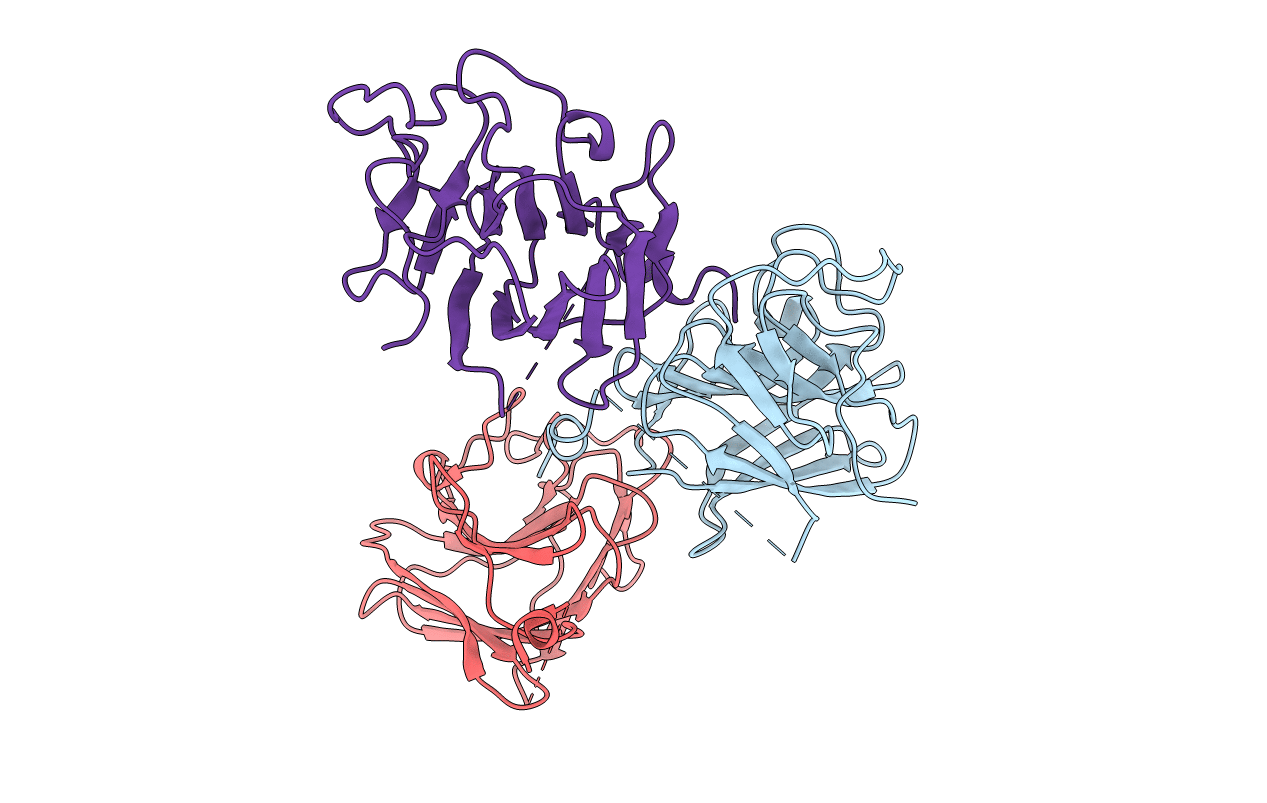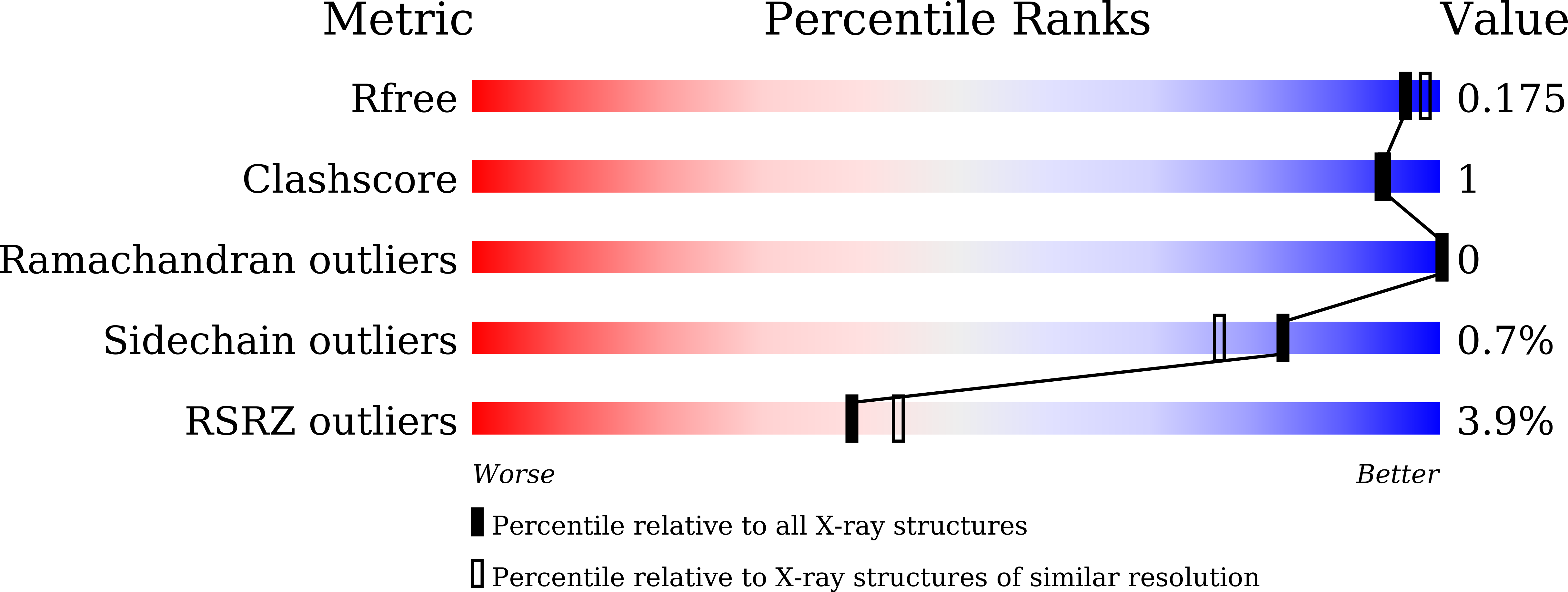
Deposition Date
2022-06-10
Release Date
2022-08-03
Last Version Date
2023-11-29
Method Details:
Experimental Method:
Resolution:
1.70 Å
R-Value Free:
0.17
R-Value Work:
0.14
R-Value Observed:
0.14
Space Group:
P 1 21 1


